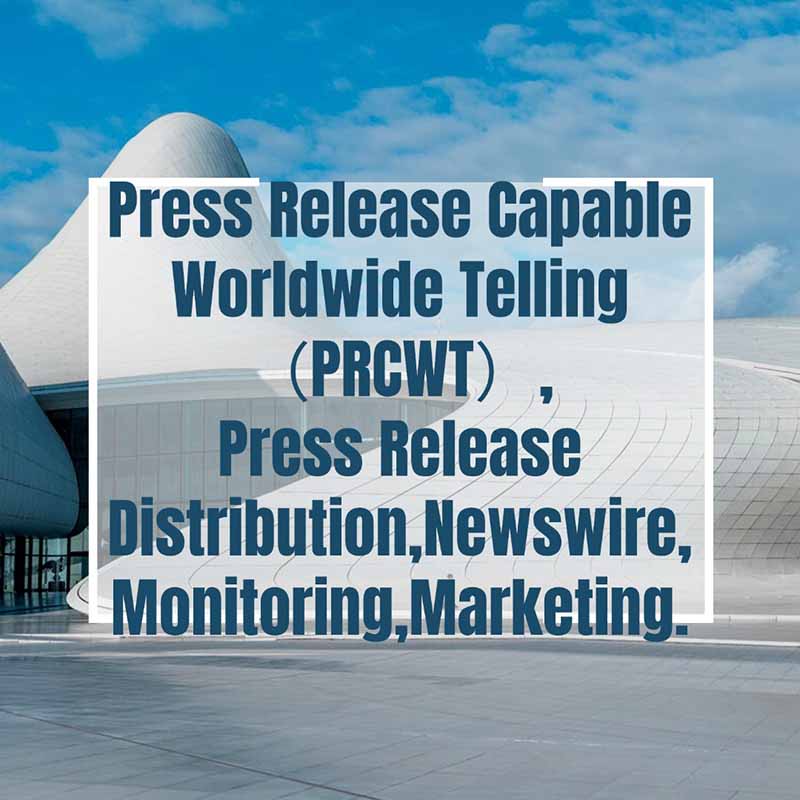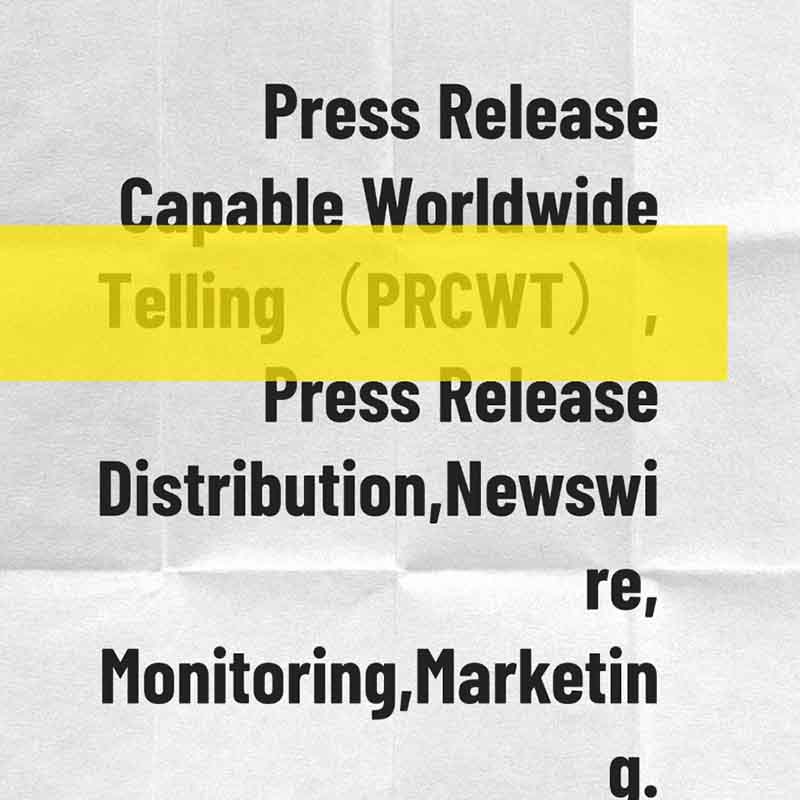In the digital age, media monitoring has become an essential tool for businesses and organizations. It involves the tracking and analysis of various media sources to gain insights into public opinion, brand reputation, and market trends. With the increasing importance of social media and online platforms, media monitoring has evolved to include real-time monitoring and sentiment analysis. This allows companies to respond quickly to emerging issues and manage their reputation effectively.
According to recent industry data, the global media monitoring market is expected to grow at a compound annual growth rate of over 10% in the coming years. This growth is driven by the increasing need for businesses to understand their customers and competitors in a highly competitive marketplace. Media monitoring also helps organizations to identify potential risks and opportunities, and to develop strategies to address them.

One of the key benefits of media monitoring is its ability to provide real-time insights into public opinion. By tracking social media conversations, news articles, and other media sources, companies can gain a better understanding of how their brand is perceived by the public. This information can then be used to inform marketing and communication strategies, and to address any negative sentiment before it becomes a major issue.

Another important aspect of media monitoring is sentiment analysis. This involves the use of natural language processing techniques to analyze the tone and sentiment of media content. By determining whether a particular story or tweet is positive, negative, or neutral, companies can gain a better understanding of how their brand is performing in the market. Sentiment analysis can also be used to identify emerging trends and issues, and to prioritize responses accordingly.
In addition to providing insights into public opinion and sentiment, media monitoring can also help organizations to manage their reputation effectively. By monitoring mentions of their brand on social media and other platforms, companies can respond quickly to negative reviews and complaints. This can help to limit the damage to their reputation and to build trust with their customers. Media monitoring can also be used to identify positive mentions and to amplify them through social media and other channels.
Overall, media monitoring is a powerful tool for businesses and organizations in the digital age. It provides real-time insights into public opinion, sentiment, and reputation, and helps to manage risks and opportunities effectively. With the increasing importance of social media and online platforms, media monitoring is likely to become an even more essential part of any marketing and communication strategy in the coming years.